
Everyone Can Get Sick From ADHD
ADHD is a medical disorder that affects people of different ages, gender, and socioeconomic status. Most people think that ADHD is a childhood disorder. ADHD is a lifelong behavioral disorder. It is difficult to diagnose the disorder in infants, toddlers, and preschoolers because they tend to have difficult temperaments and are easily irritable. Most children with ADHD are diagnosed by age nine or ten. Clinical research has shown that nearly 70-80% of children with symptoms of ADHD continue to exhibit signs of restlessness and distraction in adolescence and as they transition into adulthood. ADHD is prevalent in boys four to nine times compared to girls. The disruptive behavior of children is often misunderstood leading to low self-esteem, academic performance, and difficult relationships. The manifestation of ADHD differs across age groups. It affects young children very differently than adults. Symptoms causing impairment and treatments vary by age.
- Important notification about information and brand names used in this slideshow!
- Photo courtesy of Lucélia Ribeiro by Flickr : www.flickr.com/photos/lupuca/8720604364/
- www.adhdawarenessweek.org/adhd-facts/
- http://www.myadhd.com/adhdacrosslifespan.html

ADHD Is Often Followed By Anxiety Or Some Other Mental Disorder
An estimated 30 percent of children and 40 percent of adults diagnosed with ADHD have an accompanying anxiety disorder. Almost half of people diagnosed with ADHD also have behavioral or emotional problems, and often these problems go unevaluated. This can result in incorrect diagnosis and treatment of ADHD, and make living more difficult. Nearly two-thirds of individuals diagnosed with ADHD will require treatment for depression during their lifetime. They are also more likely to develop speech and language disorders, upper respiratory infections, and allergies. Individuals can exhibit antisocial behavior and be obstinate, aggressive, disobedient, and hostile. Approximately one out of four children with ADHD also has a learning disability. Children with ADHD have academic problems and disruptive behavior in the classroom.
- Important notification about information and brand names used in this slideshow!
- Photo courtesy of Alaina by Flickr : www.flickr.com/photos/lainamarie/6616592453/
- www.adhdawarenessweek.org/adhd-facts/
- http://psychcentral.com/lib/2006/what-disorders-are-linked-to-adhd/

No One Should Be Blamed Because He/She Got ADHD
ADHD is an emotional disorder with a strong genetic component. It is not a result of inadequate parenting skills, family problems, or inefficient teachers and schools. These children are not necessarily lazy and being difficult. It is not the individual’s fault or the family’s fault that he or she was diagnosed with ADHD. Parents often feel guilty and blame themselves for the child’s disorder. The family should deal with the problem together and get siblings involved by helping the person get organized and stay more focused in managing their life at home, school, and in social settings. A person with ADHD understands ADHD as a different way of living, and they did not choose to be that way. Individuals with ADHD must realize that being different does not necessarily mean they are unhealthy or they cannot get better. It will get better when the individual stops pretending that they have to be like everyone else, or live up to the expectations of others.
- Important notification about information and brand names used in this slideshow!
- Photo courtesy of R.O. Mania by Flickr : www.flickr.com/photos/uniqueo/3043080175/
- www.adhdawarenessweek.org/adhd-facts/
- http://www.pbs.org/wgbh/pages/frontline/shows/medicating/interviews/koplewicz.html
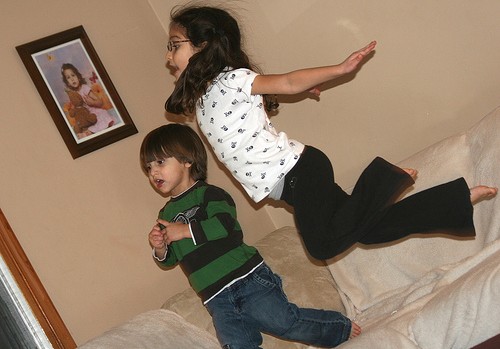
Not Only Hyperactive Kids Have ADHD
A child suffering from ADHD need not necessarily be hyperactive. There are three types of ADHD with different characteristics. They are: 1. Inattentive subtype – the person is easily distracted by sights and sounds, rarely follows instructions completely, and fails to pay attention to details making careless mistakes. 2. Hyperactive-impulsive subtype – the person is restless, squirming, running, fidgeting, and has difficulty focusing on a task. 3. Combined subtype – a combination of behaviors, which is most commonly seen in children. Children are often hyperactive and have trouble focusing. The difference in children with ADHD is that their symptoms of hyperactivity continue for longer periods and can occur in different settings. This can impair the child’s ability to function socially and academically.
- Important notification about information and brand names used in this slideshow!
- Photo courtesy of Alec Couros by Flickr : www.flickr.com/photos/courosa/4207029909/
- www.parents.com/toddlers-preschoolers/health/add/10-addadhd-myths/
- http://kidshealth.org/parent/medical/learning/adhd.html

Some Tips To Help Your Child
If we can educate the individual with ADHD that the condition is a treatable medical condition and they are born with it, they are relieved to hear that neither they nor their parents and family are at fault for their behavior. Like other children, the child with ADHD must be accountable for his or her behavior, although a different approach may be used to discipline them. Dr. Domeena Renshaw’s book, “The Hyperactive Child,” lists suggestions that are valid in dealing with children diagnosed with ADHD. Some of the suggestions are: • Keep your emotions cool when dealing with the child. • Positive behavior must be acknowledged. • Avoid a negative approach by using words such as “stop” or “no.” • Create a routine for activities and maintain it. • Identify an area in the house that the child can use. Use simple straight lines for the room and stay with solid colors to avoid distraction. • Do not overburden the child with too many tasks – stay with one task at a time. • Stay abreast of all the medications the child takes, and discuss treatment options with the physician.
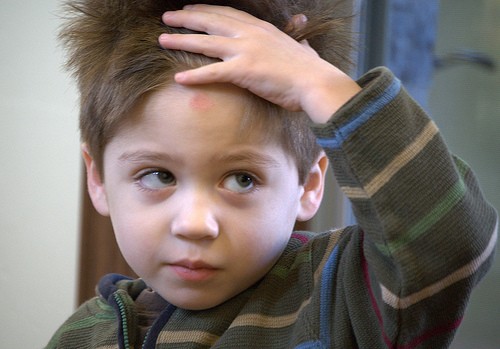
Kids With ADHD Get Injured More Often
Children with ADHD are prone to injuries because they do not stop to think before doing daring moves and stunts, for example, dashing into the street without looking out for oncoming traffic. If your child has ADHD, ensure that he or she wears a bicycle helmet while riding the bike. Keep harmful products out of reach of the child as they are at risk for accidental poisoning. According to the Centers for Disease Control and Prevention (CDC), medical expenses for children with ADHD are twice as much as those for children without the disorder. According to a Spanish study, if a child seems particularly accident-prone, doctors should recommend evaluating them for ADHD. The researchers suggested impulsive actions, hyperactivity, overestimating their abilities, and a low tolerance to frustration “are all typical characteristics of ADHD that make the affected child more vulnerable to injuries.”
- Important notification about information and brand names used in this slideshow!
- Photo courtesy of Lindsay Shaver by Flickr : www.flickr.com/photos/lindsayshaver/3325940191/
- www.parents.com/health/add-adhd/diagnosis-drug-dangers/?page=8
- http://www.livescience.com/35944-adhd-injuries-kids.html

Bad Parenting Does Not Cause ADHD
A child’s misbehavior in social settings including the classroom is not a sign of inadequate parenting skills or disobedience, but because of a problem in the functioning of the brain. In children with ADHD, unusually strict parenting and punishment can lead to worsening of ADHD symptoms. Timely diagnosis and treatment are crucial to stop symptoms from worsening. Parents must not feel guilty because their child embarrassed them in front of strangers or family, instead they must deal with their emotions and get professional help to deal with the behavior. A survey reported that nearly 30% of respondents believed that ADHD is a result of ineffective or “bad” parenting. The finding is concerning because it clearly showed the misunderstanding about what is ADHD and how it is caused. Blaming parents is a barrier to progress because they are critical players in the treatment regimen. Parents are not the cause of the problem, but part of the solution.
- Important notification about information and brand names used in this slideshow!
- Photo courtesy of mr. T by Flickr : www.flickr.com/photos/mr_t_in_dc/5583416691/
- www.additudemag.com/adhd/article/873.html
- http://www.aapsa.net/Blog/?p=28
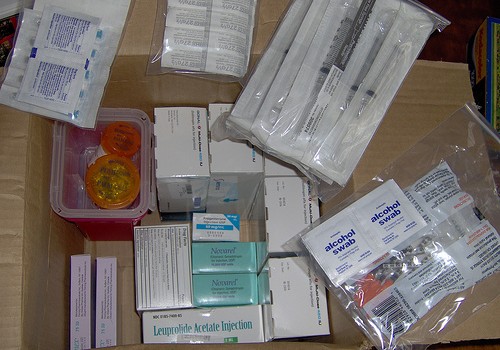
It's Not True That Children Who Took ADHD Medication Are More Likely To Became Drug Addicts
Appropriate treatment of ADHD reduces the risk of drug abuse. Safe and effective medications are used to ease symptoms of ADHD. There is evidence that treatment will improve the child’s academic and social skills. Enhanced self-esteem leads to less self-medication which in turn translates to less or no substance abuse. Left untreated, ADHD increases the chances that the individual will abuse drugs and alcohol later in life. A Harvard study divided a group of adolescents into three groups – ADHD boys taking medication, ADHD boys not taking medication, and boys without ADHD. During mid-adolescence, the boys were checked for alcohol, cocaine, and illicit drug abuse. The results showed that the ADHD group taking medications had far lower rates of drug abuse than the ADHD group not taking medications.
- Important notification about information and brand names used in this slideshow!
- Photo courtesy of Jenn Lewald by Flickr : www.flickr.com/photos/jennsjournal/43570377/
- www.additudemag.com/adhd/article/873.html
- http://www.additudemag.com/web/article/2056.html

ADHD Is A Real Disorder Although Some Disagree
Popular perceptions of ADHD are driven by a belief that it is not a disorder, or that it is over-diagnosed. Others question its existence as a behavioral disorder, and assert that pharmaceutical companies and the psychiatric community created ADHD to increase profits for big pharmaceutical companies and medical practices. According to medical experts, ADHD is a mental disorder with a genetic component. A child diagnosed with ADHD does not choose to misbehave. The behavior has nothing to do with the child’s intellectual ability. Intelligent children and adults can also present with symptoms of ADHD. Nearly 70% of children with ADHD continue to have symptoms during their adolescence, and about 50% may continue to have symptoms as adults. ADHD is a lifelong behavioral disorder that requires appropriate diagnosis and treatment.
- Important notification about information and brand names used in this slideshow!
- Photo courtesy of Grinpin Chang by Flickr :http://www.flickr.com/photos/greenpin/4265298307/
- psychcentral.com/blog/archives/2011/06/24/9-myths-misconceptions-and-stereotypes-about-adhd/
- http://www.webmd.com/add-adhd/childhood-adhd/tc/adhd-myths-and-facts-topic-overview
- http://www.help4adhd.org/en/about/myths
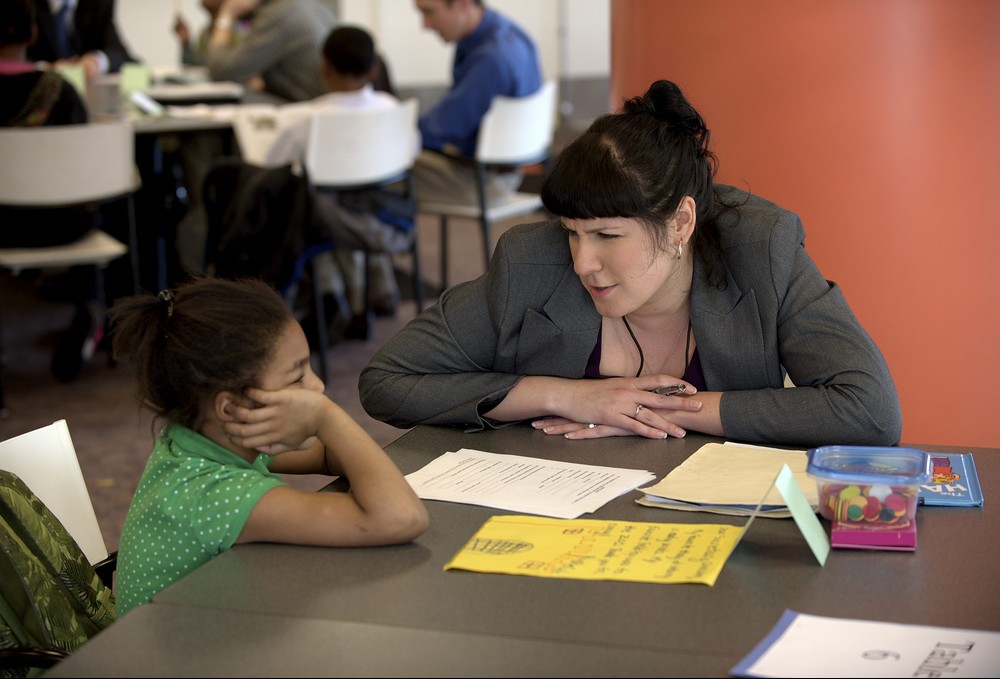
Behavior Therapy Along With Medication Gives The Best Results
Behavioral therapy or behavioral modification is a crucial part of treatment for ADHD, and sooner the treatment begins, the more effective it is. ADHD medications and behavioral therapy often work better together in solving behavioral symptoms according to a study by the National Institute of Mental Health in the United States. Behavioral therapy treats specific behaviors by structuring and increasing positive attention. Parents and family members can help identify key patterns of behavior to work on, for example, not interrupting someone else when they are speaking. Once the behaviors are identified, you must set realistic goals of what you can achieve. Try focusing on one specific behavior and measure the outcome rather than trying to overwhelm the child. A few examples that could help behavioral therapy are: o Creating a schedule for daily activities o Help the child get organized with his belongings o Minimize distractions when the child is trying to focus o Do not overwhelm the child with too many choices of foods, clothes, books, etc. o Incentivize the behavior with rewards o Use effective discipline for inappropriate behavior o Discover a hidden talent the child may have like painting, music, or sports
- Important notification about information and brand names used in this slideshow!
- Photo courtesy of US Department of Education by Flickr : www.flickr.com/photos/departmentofed/9606787265/
- www.cdc.gov/ncbddd/adhd/facts.html
- http://www.additudemag.com/adhd/article/860.html




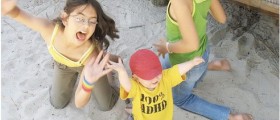

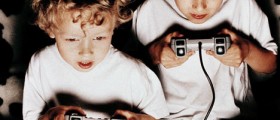


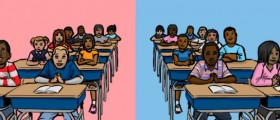


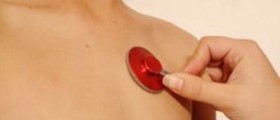




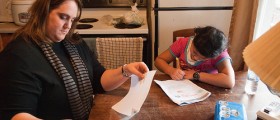



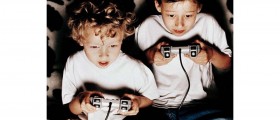


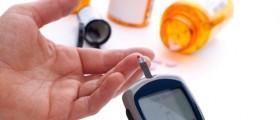
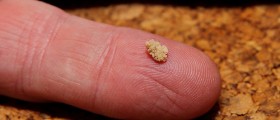

Your thoughts on this
Loading...